Management of hypothermia.
Rezumat
Hypothermia is dened as a body core temperature (TCO) below 35°C. It is classied as mild (TCO 35-32°C), moderate (TCO 32-30°C) or severe (TCO < 30°C). Hypothermia commonly results from an injury in a cold environment, immersion in cold water or a prolonged exposure to low temperatures. Hypothermia causes characteristic changes (the Osborn J wave) in the electrocardiograph (EKG) and severe hypothermia can cause life-threatening dysrhythmias, or asystole. The typical sequence is a progression from sinus bradycardia through atrial fi brillation (AF) to ventricular fibrillation (VF) and ultimately asystole. Active warming must, therefore, commence in the field, with the caveat that patient handling is safe and controlled. The most practical method of active warming in the field is to place heat packs on the skin near to major blood vessels (neck, thoracic inlet, axillae, abdomen and groin). Warmed, humidified air/oxygen mixes have little thermal advantage. Arterio-venous anastomosis warming can be useful in a base camp setting or aboard ship; the arms, forearms, lower legs, and feet are immersed in water at 42 or 45°C, giving rewarming rates between 6.1 and 9.9°C per hour respectively. Whole-body immersion in hot water is contraindicated. This form of rapid surface warming will cause massive vasodilatation and hypotension, and is likely to provoke dysrhythmias and cardiovascular collapse. The in-hospital management of hypothermia follows the primary survey – resuscitation – secondary survey approach. Cardiovascular stability will only be achieved through stopping the fall in core temperature and establishing rewarming. Correction of metabolic and electrolyte disturbances and intravenous fluid replacement runs concurrently. Esophageal or urinary bladder electronic temperature probes are more accurate than rectal probes. Hospitals without CPB or ECMO should encourage transfer of patients in cardiac arrest directly from the scene to units that do have these facilities.Descărcări
Publicat
Număr
Secțiune
Licență
Copyright (c) 2014 Buletinul Academiei de Științe a Moldovei. Științe medicale

Această lucrare este licențiată în temeiul Creative Commons Attribution 4.0 International License.



